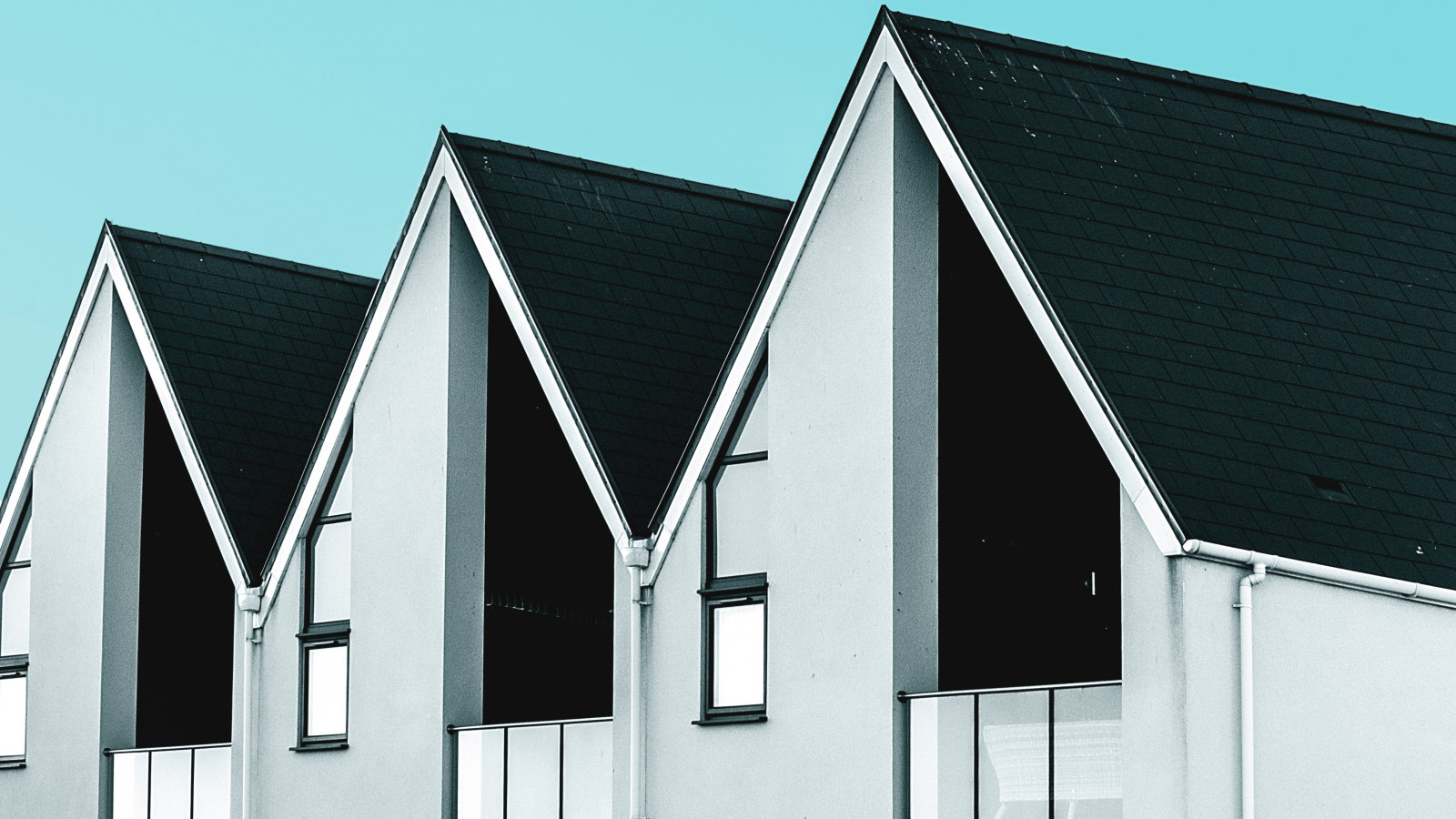In the main cities there has always been a sector of the population who have sought out, for a wide variety of reasons, the advantages of a denser form of accommodation than that provided in the suburbs, but for the majority of the population there has been an expectation over many decades that there always will be green fields across which to continual spread and develop our individual estates. Even so, during this time there has been a quiet but steady densification from the quarter-acre to the pocket-handkerchief site now accepted as normal, and then onto attached dwellings. No more backyard cricket as the pitch was subdivided to be sold off for another house to appear.
At the time of writing this, mid October 2021, the two political parties have come together to jointly announce a major sea-change to the familiar form of suburbia. From the centre it has been decreed that an individual house can be replaced with three houses, which can each be up to three storeys high, without going through the ever-present planning hoops which have had to be negotiated in the past. Although this simplistic solution to the housing crisis is full of significant fish-hooks, the direction is inevitable if we are to adapt to the rapidly changing world. This is a small, but formal, recognition that we cannot continue as in the past.
While there are many areas of our urban environment requiring scrutiny and long-term thinking to accommodate the future, housing is one where the solutions we put in place today will be with us at the end of this century. Seventy-eight years is not long in the life of a building, especially if the 'rip-it-down-and-build-another' philosophy of the past goes out of favour. Medium-density housing — terrace, and three-storey walk-ups — have quietly spread from their specific markets into the mainstream and with this come a need for the occupants to become more involved in determining the form they are to take, rather than have the suppliers decide what is best for the purchaser, ie. "This is what is best for you because it is what is the cheapest, easiest and fastest to build."
A simple example of the need to acknowledge that medium-density housing is not just standalone housing squashed together, is the realisation that in some developments overheating in summer is a significant problem. The answer isn’t, or shouldn’t be, to throw a stack of mechanical cooling equipment at it. A better solution is to first design the building, and its environs, so as to maximise the effects of passive heating and cooling before looking for a mechanical answer. The Middle-East societies have been doing this for millennia, and are continuing with their modern buildings.
In April 2017 I wrote in my Blog 'Thermal Performance Aspects of Low-rise Apartment Design' of this need to think beyond the temptation to design by looking into the rear-vision mirror and instead to concentrate on the road ahead with its fundamental need for different design principles. Also, in the past most of the occupants of higher-density accommodation were there by choice, and usually it was in urban centres and desirable residential locations such as beach-fronts. Yes, for a long time there have been single-storey attached dwellings in the suburbs on standard sized sections but these were widely scattered among the standalone houses. The rapidly changing new housing scene is one of two and three storey attached dwellings grouped together with a growing proportion of the occupants being there because there is little other choice. Often it is not because of a positive desire for this style of living.
In a following Blog I will present my thoughts on, and question, the fundamentals of the way we are designing and constructing for this new way of living in the future. Hopefully it will encourage a holistic discussion of how best to bring together the many varied and often conflicting requirements and influences. For example, will the simple united political decision of this week have the unintended consequence of serious urban land-banking.
Through EcoRate Ltd – Architect I provide objective independent passive thermal performance analysis and advice on sustainability matters, to architects, designers, builders, manufacturers and others in the construction industry, including those proposing to build a new home. I am also a Homestar Assessor.
For more information feel free to contact Keith at EcoRate Ltd on 021 890 251, [email protected], or our website www.settlement.co.nz




























 Most Popular
Most Popular Popular Products
Popular Products


